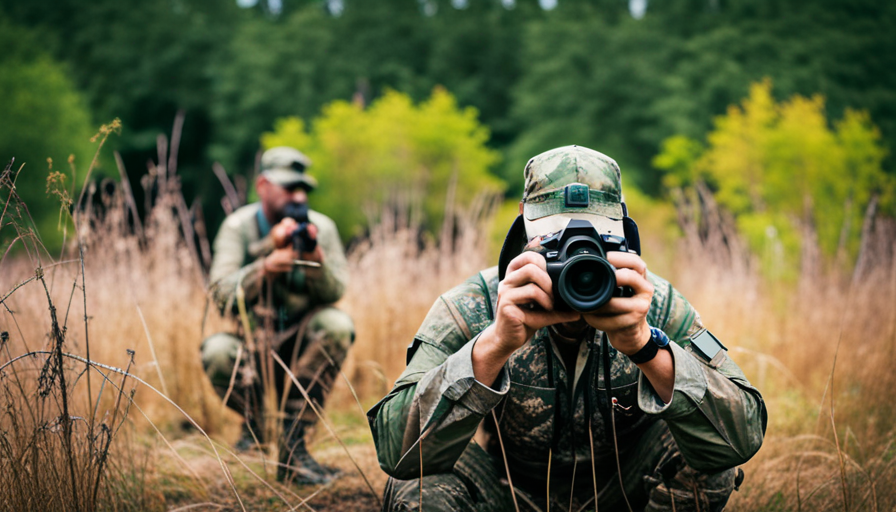Wildlife photography and hunting require a great deal of patience, skill, and precision. Capturing the perfect shot in these activities often depends on the ability to anticipate and react to the movements of animals in their natural habitats. To achieve this, game cameras have become an essential tool for both wildlife photographers and hunters alike.
However, understanding the technical aspects of these cameras, particularly PIR delay, is crucial for success in these pursuits.
PIR delay is the time between when a game camera detects motion and when it takes a photo or video. This delay can range from a few seconds to several minutes, and the optimal setting depends on the purpose of the camera.
Longer delays are recommended when using bait, while shorter delays are preferred for wildlife watching. Furthermore, mastering PIR delay can help conserve battery life and SD card space, while also increasing the likelihood of capturing the perfect shot.
In this article, we will explore the basics of PIR sensors, recommended settings for different purposes, and troubleshooting tips to help readers master PIR delay and enhance their wildlife photography and hunting skills.
PIR Sensor Basics
The PIR sensor, a key component of game cameras and crucial for wildlife photography and hunting, operates by detecting changes in infrared radiation and triggering the camera’s capture mode, with the PIR delay time being an important setting to consider.
PIR sensors are designed to detect heat signatures emitted by moving objects, such as animals. When the PIR sensor detects a heat signature, it sends a signal to the camera to activate the capture mode, allowing for the capture of an image or video.
The PIR delay time is the amount of time between when the PIR sensor is triggered and when the camera captures an image or video. This setting is important because it can affect the success rate of capturing images or videos of wildlife.
A shorter delay time is preferred for wildlife watching, as it allows for more frequent captures, while a longer delay time is recommended when using bait, as it allows for animals to be in the area longer before triggering the camera.
Overall, understanding the basics of PIR sensors and the importance of the PIR delay time is essential for mastering wildlife photography and hunting with game cameras.
Recommended Settings
Recommended settings for game cameras include adjusting the capture mode, video mode, trigger time, PIR delay time, and burst mode, with the camera pointing north to avoid false triggers.
It is important to note that the recommended settings may vary depending on the purpose of the camera. For example, a shorter PIR delay time may be preferred for wildlife watching, while a longer delay time may be better when using bait.
To optimize the camera’s performance, it is recommended to set the capture mode to high-resolution photos or video. The trigger time should be set to a fast speed to capture quick movements, while the burst mode can help capture multiple shots of a moving target.
The PIR delay time should be adjusted depending on the purpose of the camera, as previously mentioned. By taking these recommended settings into consideration, users can increase their chances of capturing high-quality photos or videos of wildlife.
Troubleshooting PIR Delay
One potential issue with adjusting PIR delay on a game camera is the possibility of sensor failure due to low voltage or faulty sensors. This can result in missed opportunities for wildlife photography or hunting. If the camera is not triggering as expected, it is important to first check the battery voltage to ensure it is not too low. If the battery voltage is fine, then the PIR sensor itself may be faulty and need to be replaced. It is also important to regularly clean the camera lens and sensors to prevent false triggers and ensure accurate detection.
Another troubleshooting tip for PIR delay on game cameras is to ensure that the camera is properly aligned and pointing north. False triggers can occur if the camera is not pointed in the right direction, and this can lead to wasted battery and SD card space.
It is also important to note that extreme weather conditions such as rain or snow can trigger false alarms, so it is recommended to use external housings or covers to protect the camera. By taking these precautions and regularly maintaining the camera, users can ensure reliable and effective use of PIR delay on game cameras for wildlife photography and hunting.

